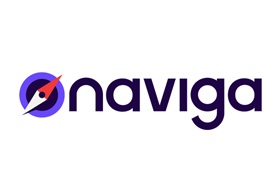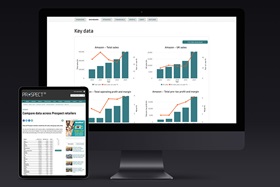
Corporate subscriptions
We’ve witnessed several publishers and member bodies undergoing such a transformation in recent months. Having invested initially in developing online products, many are now looking to migrate certain individual subscribers to more lucrative multi-channel corporate subscriptions.
Embracing this model makes good business sense. Dealing with one account manager instead of many individuals requires less administrational effort. What’s more, corporate subscription renewal rates are typically higher than standard subscription renewals. However, organisations need to ensure that they don’t hit roadblocks in the drive to realise the benefits of this business model.
To generate optimal results, content owners need to take a considered approach to how they package and promote products for multi-channel corporate subscribers. They must also have all the supporting data necessary to enable this approach.
Abacus has assisted content owners in maximising the value of the corporate subscriptions they offer. We’ve also helped them to drive up the number of individual users converting to corporate subscriptions and, more importantly, ensure they are retained over the long-term. Based on this experience, we have developed the following guidance on best practice for organisations looking to build their business around corporate subscriptions.practise for organisations looking to build their business around corporate subscriptions.
Manage multichannel demand
As every member of your audience is unique, you’ll need to be prepared to deliver content to all channels – print, web, tablet and mobile. In our experience, the most established channel – print – is often overlooked when it comes to fulfilling corporate subscriptions. Ideally, you want a system in place that enables you to send print products to individual licence holders, as opposed to sending a bundle of magazines to a customer organisation’s door.
The more the onus is on the customer organisation to distribute the magazines, the less likely it is that individuals will receive the content they’ve requested to their preferred delivery location. You’ll also lose track of exactly who is receiving what product, which is valuable information in its own right.
And while we’re on the topic of print, beware the limitations of corporate IP access deals. Although this method of access control offers a quick and easy means of granting corporate subscribers access to your digital content, they’ll have to re-register if they want to have their print subscription fulfilled.ve to reregister if they have to reregister if they want to have their print subscription fulfilled.
Be diligent with data
To convince corporate subscribers to renew contracts you’ll need to be able to demonstrate value and usage. In order to accurately track the behaviour of your licence holders, you’ll need to pool all of the data you have on them in a single centralised database. This provides a complete and accurate picture of the audience as a whole. With this degree of visibility, you’ll be able to spot trends at a glance and report with ease.
It is just as important to gather granular data about the individuals behind the licences. Through understanding the behaviour of these individuals you can tailor their experience with your products, pointing them towards content they’ll be interested in and sending them personalised messages. This not only means a more satisfying experience for the end user, but also provides an opportunity to prompt action. For example, if you notice that a portion of users are only consuming your hard copy publication while ignoring the app they’re entitled to, you can reach out and convince them to exercise the full extent of their access rights.
If, for whatever reason, your corporate subscription deal doesn’t renew, the data you’ve gathered on these individuals can still be of value. Use it to develop individual subscriptions tailored to their interests.
Empower your customers
Corporate subscription account holders want visibility and control of the content their end users receive. By offering a self-service function, you can give corporate subscribers the freedom to manage their own users. They can see what their licence allocation is, and they can prompt individual users within their organisation to associate themselves and create a profile.
Self-service functionality can prove extremely useful when you’re offering limited corporate subscriptions. For example, if you’re selling 20 seats to a customer organisation of 20,000 people, granting access based on IP or email addresses is impractical. It makes much more sense to defer responsibility to the organisation.
Of course, from the account holder’s perspective, managing a corporate subscription implies that more internal effort is required as they have to set up individual user accounts and associate them with licences. However, a self-service tool eases this burden as they can prompt end users to complete these tasks themselves. So although ‘self-service’ implies your customer has to do more work, it can actually help them be more efficient if the right tools are made available to them.
Ultimately, moving seamlessly between business models requires insight into audience behaviour and tight control over content. If either of these elements is missing from your strategy, we can help. Get in touch with us to find out more.





